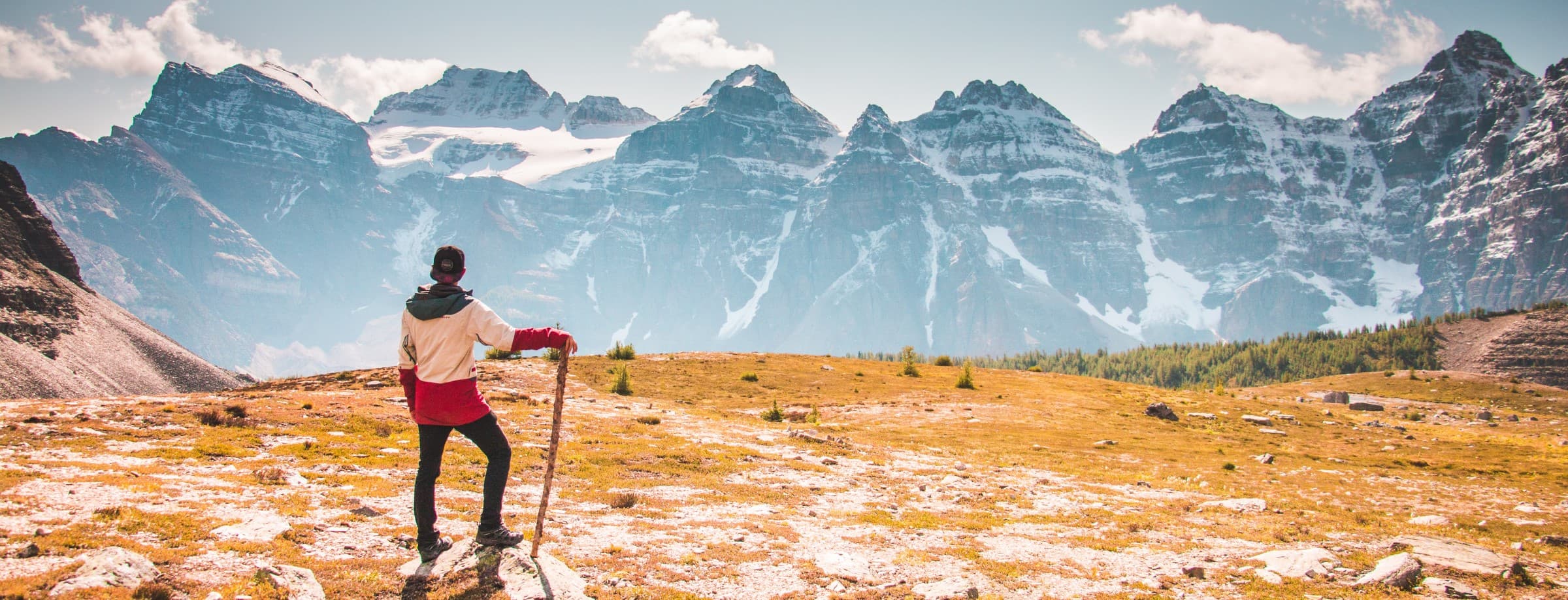Canada has welcomed immigrants for years and that’s the reason why it has such a vibrant and diverse culture that makes you feel a part of this society the day you land. However, learning more about the country goes a long way in helping you assimilate faster and connect with people around you. So, take some time to read and learn about the country that’s going to be your new home.
Here are 10 things that you must know about Canada before you land.
On the map
Geographically, Canada is located in North America. Our ten provinces and three territories extend from the Atlantic on the east to the Pacific on the west and to the Arctic in the north. That is why you’ll often hear the phrase “from Coast to Coast to Coast” for Canada. We also share the world’s longest undefended border with our neighbour to the south – USA.
Canada Day
On this day, four provinces – Ontario, Quebec, Nova Scotia and New Brunswick – came together to form a new country and Canada was born on July 1, 1867. Since then, July 1 was celebrated as “Dominion Day” to commemorate the day that Canada became a self-governing Dominion. Today, it is officially known as Canada Day which is a holiday celebrated across the country.
Government
Canada is a federal state, parliamentary democracy and constitutional monarchy. There are various levels of government – federal, provincial, territorial and municipal – that have authority over different aspects of governance. It’s a parliamentary democracy because the citizens elect members to the various levels of government. As a constitutional monarchy, Canada’s Head of State is a hereditary Sovereign (Queen or King), who reigns in accordance with the Constitution of Canada. Currently, Queen Elizabeth II is our Head of State.
Capital City
Ottawa located in the province of Ontario, is our national capital. Downtown Ottawa is the city’s financial and commercial hub and home to the Parliament of Canada (Parliament Hill or The Hill) and other federal government departments. Ottawa officially became the Capital of Canada with the Confederation in 1867.
Official languages
Hello! Bonjour! Canadian society is largely influenced by the English-speaking and French-speaking settlers who landed in the 1600s and therefore English and French are the two official languages. Even the federal government is required by law to provide services throughout Canada, in English and French. Quebec is the only primarily French-speaking province and New Brunswick is the only officially bi-lingual province.
Aboriginals
When European explorers chanced upon the eastern coast of Canada, practically all the regions were inhabited by aboriginals. The arrival of European traders, soldiers and colonists changed the native way of life forever and often to the detriment of the aboriginal peoples. However, today First Nations, Inuits and Mètis peoples from all backgrounds have risen to prominence adding to the rich cultural heritage of Canada.
Religion
Canada has no official religion and secularism is an important part of Canada’s inclusive culture. All religions are respected equally and everyone has the freedom to follow their faith. A majority identify as Christians (about 67%) followed by Canadians having no religious affiliation (23%). The rest are Muslim, Hindu, Sikh, Buddhist or Jewish.
The Maple Connection
If you aren’t a fan of maple syrup, you’re not Canadian enough. The maple leaf is Canada’s best-known symbol. It also appears on our flag. Maple leaves were originally adopted as a symbol by French Canadians in the 1700s. Also, Canada is the leading producer of maple syrup and other maple food products in the world. No surprises there!
Sports
You may not be a fan of hockey but you can’t really say it (out loud). That’s equivalent to blasphemy! Hockey (or ice-hockey but we don’t really say ice because it is obvious right?) is Canada’s national winter sport. Speaking of, the national summer sport is Lacrosse. On the basketball front, Toronto Raptors were recently in the news when they won the NBA Championship in 2019.
Time Zones
Being the second largest country in the world, Canada covers a lot of land which means more time zones. Canada has six time zones covering four and a half hours. Starting from west to east these are – Pacific Time (PT), Mountain Time (MT), Central Time (CT), Eastern Time (ET), Atlantic Time (AT) and lastly, with Newfoundland and Labrador having it’s very own Time Zone, Newfoundland Time (NT).

